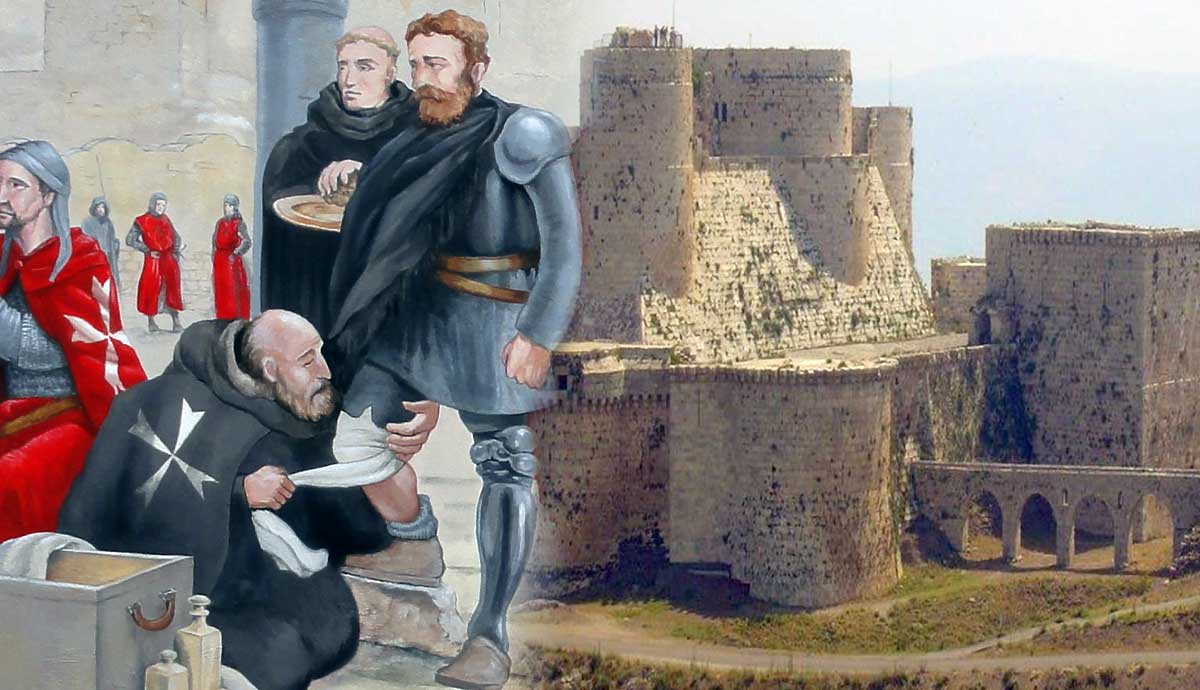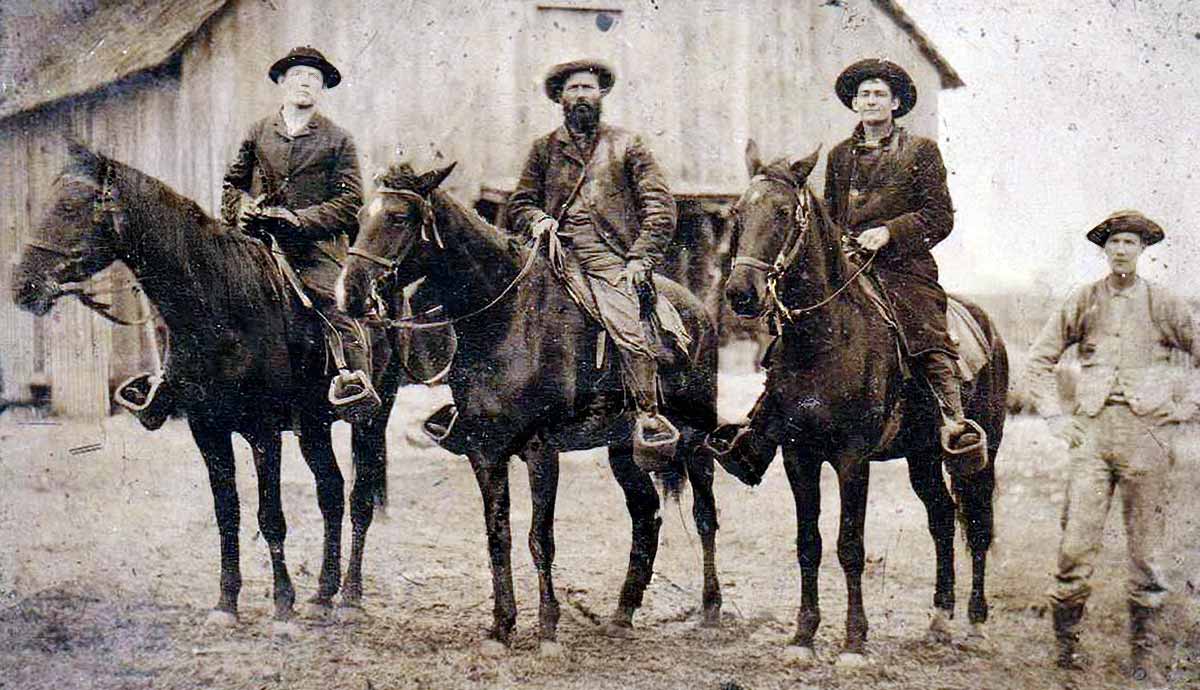
Unlike the more famous knightly brethren, the Templars, the Knights Hospitallers were (are) an almost unknown organization. Yet, like their fellow knights, the Hospitallers formed during the Crusades to help Christian travelers in the Holy Lands. They fought like the Templars, fighting against Muslim armies. In 1113, the Pope issued a papal bull, “Pie Postulatio Voluntatis,” that gave official recognition. By the 19th century, the Hospitallers were now known for their medical and charitable missions. Curious? Let’s learn more!
What Are Other Names for the Hospitallers?

The exact name for this order is “Knights of the Order of the Hospital of Saint John of Jerusalem.” They are also known as the Order of Saint John, Knights of Saint John, and Order of Hospitallers. The names did change over time, reflecting location changes. They became the “Knights of Malta” in 1530 after settling in Malta, pushed there by the Ottoman Empire.
Why Was the Hospitaller Order Established Amidst the Crusades?

Despite defeating the formidable Muslim armies capturing Jerusalem and the lands around, the Holy Land was anything but safe. Founded much earlier than 1113 by Italian merchants, the Hospitallers built a hospital. Here, Benedictine monks helped poor, sick, or injured Christians in Jerusalem or around.
Their mission changed after Papal recognition in 1113, becoming a military order like the Templars. Their Knights typically wore red surcoats with a white eight-pointed cross as a symbol. Their mission changed slightly, becoming defenders of the Holy Land. This mission lasted until 1291, when Muslim armies retook territory lost two centuries before. Their combined military and humanitarian ethos set them apart from their peers, like the Templars or Teutonic Knights.
How Did the Hospitallers Organize Themselves?

Like the other knightly orders, the order was headed by a Grand Master. The Master’s responsibilities included overall leadership, military, and peaceful roles. The second in command, the Grand Commander, assisted him.
The Hospitallers organized themselves around their dual roles as soldiers and healers. The Knights wore white cloaks with red crosses. The Hospitallers, as did the non-military members, wore white crosses on black cloaks. All were professional soldiers, knights being the era’s shock troops. Though the order’s headquarters was in Jerusalem, they built stations, hospitals, and castles throughout the Holy Land and Europe, the Krak Des Cavaliers in Syria is considered the best preserved. A local Arab ruler started building in 1031, but the Knights acquired the site and built this massive fortress. This remained a significant stronghold until 1271.
The Hospitaller Order used local cavalry called turcopoles, who, too, wore white with red crosses. The priests, doctors, and chaplains also had equally important roles.
What Catholic Symbols Represented the Hospitaller Order?

The European Catholic knightly orders used the Cross on their surcoats, shields, documents, and buildings. The order adopted the eight-point Maltese Cross in 1126 for the Hospitallers, also called the Cross of Saint John. The eight points represent a Hospitaller’s virtues: reverence for the Church, piety, loyalty, courage, honor and glory, caring for the sick or poor, disregard for death, and honesty.
The Hospitallers used the Amalfi Cross on banners, flags, and other insignia. Similar to the Maltese Cross, this also contained eight points. Lastly, the Order used a white cross on a black background on their surcoats. This embodied their purity and dedication.
When Did the Hospitaller Knights Rise to Prominence?

The First Crusade in 1099 led to the founding of the Hospitaller Order in Jerusalem. They garnered a reputation for healing and aiding pilgrims. That mission changed in the 1120s under Raymond Du Puy, who gradually militarized the order. He offered the King of Jerusalem the Knights to help defend the Kingdom against Islam. The official Papal recognition boosted the Order’s reputation. The Order helped defend the kingdom and lifted the 1153 lifting of the Seige of Askelon, showing their military prowess.
Where Did the Knights Go After the Holy Land Was Lost?

Jerusalem fell to the reconquering Muslim armies in 1187. Bereft of a home, the Order went to local locations like Acre. But this fell too to the Muslim armies who now possessed the initiative. The Knights retreated to Cyprus and then Rhodes in 1310. It took the Turks almost 200 years to recapture Rhodes. The Hospitallers’ toughness kept the Ottoman Empire at bay. Upon losing Rhodes in 1530, the Hospitallers were given Malta. This remained their primary location until later troubles.
Where Are the Hospitallers Now?
The Hospitallers’ military arm no longer exists. Several organizations carry on their humanitarian traditions. A successor is the Sovereign Military Order of Malta, a Catholic order providing worldwide aid. Others, like the Order of Saint John in Sweden, carry out activities like disaster relief.










